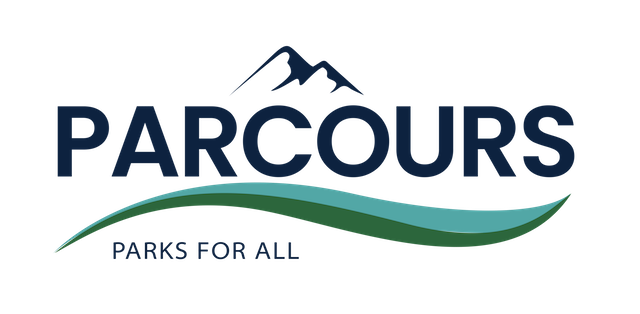Canada’s national parks offer Canadians, and millions of visitors from around the world, the opportunity to experience natural wonders and activities that are unparalleled. However, for nearly one-quarter of all Canadians who have disabilities, accessibility challenges may limit their ability to participate.
To address this challenge, we worked with people with disabilities and Parks Canada to prioritize existing and novel standards to implement as part of the Accessible Canada Act.
Our full research report is now available to download in both English and French!
Our recommendations for park standards is also available to download in both English and French!
Research activities included a scoping review of international standards, accessibility assessment of existing conditions in parks, 72 interviews with 48 participants, and 149 responses to a survey from a panel of experts that live all across Canada.
The results suggest that some existing standards may be adequate by offering the minimum level of accessibility that will meet the needs of most people with disabilities. However, there are gaps in many other standards, as well as needed standards that currently do not exist. These standards can be used to promote accessible design and management of safe, accessible, and enjoyable park experiences for individuals with disabilities.
This report integrates qualitative and quantitative data to inform recommendations for all elements of the park visitor’s journey. Recommendations are provided for the planning phase, transportation and arrival, trails and wayfinding, and park activities.
We also recommend that standards, on their own, are not enough to ensure accessible and inclusive experiences. Instead, a more strategic assessment of the visitor journey for each park should be undertaken in collaboration with people with disabilities.
Through a process of prioritizing the accessible assets in a park, park managers can apply standards in a way that will maximize their return on investment in reaching the accessibility goals of the agency. Ultimately, this approach can be adopted by provincial, regional, and municipal organizations to harmonize the park experience for all visitors, including people with disabilities.
